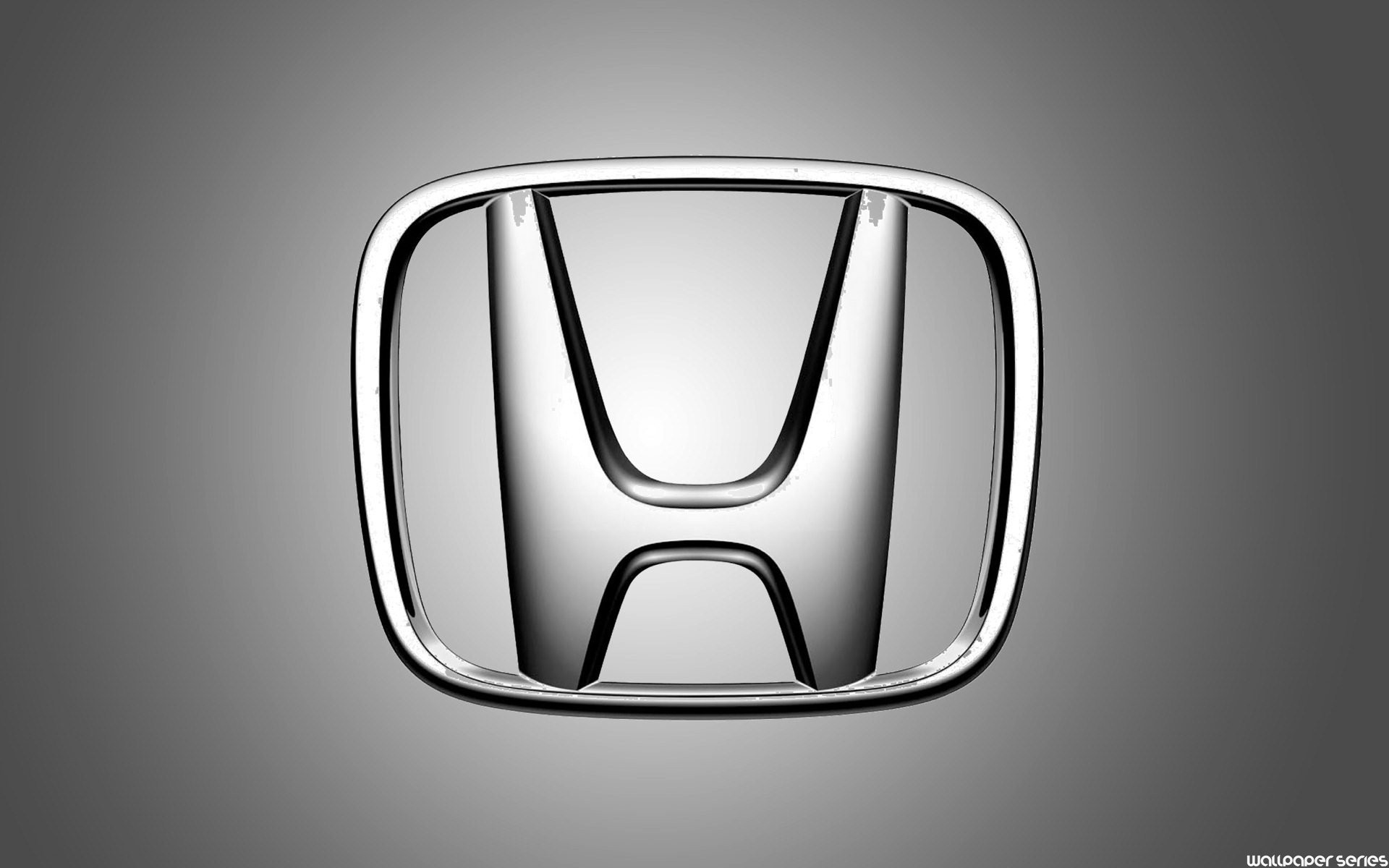This might have been discussed years ago on here but I was wondering what are the ways F1 engine manufacturers have been able to remove as much vibration out of the V6 90 degree engines? I'm asking about perfect primary and secondary balance and is it possible to achieve that in a 90 degree V6?
According to wiki, this is what some automakers did with their road cars with 90 degree V6 engines...
"The downsides of a 90 degree design are a wider engine which is more vibration-prone than a 60 degree V6. The initial 90 degree V6 engines (such as the Buick Fireball V6 engine) had three shared crankpins arranged at 120 degrees from each other, due to their origins from the V8 engines. This resulted in an uneven firing order, with half of the cylinders using a firing interval of 90 degrees and other half using an interval of 150 degrees. The uneven firing intervals resulted in rough-running engines with "unpleasant" vibrations at low engine speeds.
Several modern 90 degree V6 engines reduce the vibrations using split crankpins offset by 30 degrees between piston pairs, which creates an even firing interval of 120 degrees for all cylinders.[4] For example, the 1977 Buick 231 "even-fire" V6 engine was an upgraded version of the Buick Fireball engine with a split-pin crankshaft to reduce vibration by achieving an even firing order.[5]: 16 [7] Such a 'split' crankpin is weaker than a straight one, but modern metallurgical techniques can produce a crankshaft that is adequately strong. A balance shaft and/or crankshaft counterweights can be used to reduce vibrations in 90 degree V6 engines"
Did F1 engine manufactures solve the vibration issues using split crankpins offset by 30 degrees between piston pairs and a balance shaft and/or crankshaft counterweights ?
The Acura/Honda AR35TT race engine used in Acura ARX-05 Daytona DPi Prototype has a 60 degree V6 engine.
Would there have been advantages if F1 went with 60 degree or 120 or 180 flat boxer 6's?
- Login or Register
No account yet? Sign up

